Choosing between electric bikes and scooters depends on your lifestyle, riding preferences, and transportation needs. Electric bikes like TST EBike’s Defender 26 and Dreamer 27 offer longer range, better comfort, and versatility for varied terrains, while electric scooters excel in portability, ease of use, and quick urban trips. Understanding their differences helps you select the perfect personal electric vehicle for your daily commute or leisure. Why Choose Affordable Folding Ebikes For Commuting?
How Do Electric Bikes and Scooters Differ in Design and Portability?
Electric scooters resemble kick scooters with a standing platform and smaller wheels, making them lighter (20–40 lbs) and easier to fold and carry. Electric bikes are bulkier (40–75 lbs), with larger wheels and saddles, offering more stability and comfort but requiring more storage space. Some folding e-bike models improve portability but still weigh more than scooters.
What Are the Range and Speed Differences Between E-Bikes and Scooters?
E-bikes generally provide longer ranges of 25–50 miles per charge (up to 120 miles for high-end models) due to larger batteries and pedal-assist systems that conserve energy. Scooters typically cover 10–30 miles per charge, relying solely on motor power. Speed-wise, scooters can reach 12–40 mph, with some models hitting 60 mph, while e-bikes usually max out between 20–28 mph.
Chart title: Range and Speed Comparison of Electric Bikes vs. Scooters
| Feature | Electric Bike | Electric Scooter |
|---|---|---|
| Range | 25–50 miles (up to 120 miles) | 10–30 miles |
| Top Speed | 20–28 mph | 12–60 mph |
| Battery Type | Larger, removable | Smaller, often integrated |
How Do Comfort and Riding Experience Compare?
Electric bikes offer a seated position with ergonomic saddles, suspension systems, and adjustable handlebars for a comfortable, stable ride on diverse terrains. Scooters require standing, have smaller wheels, and minimal suspension, making them less comfortable on rough or uneven surfaces but more nimble in crowded urban settings. E-bikes provide a more interactive, physically engaging ride, while scooters offer quick, zippy fun. How do I maintain an off-road electric bike?
Which Vehicle Offers Better Safety and Stability?
E-bikes generally provide better stability due to larger wheels, lower center of gravity, and robust frames. They come equipped with hydraulic or mechanical disc brakes and integrated lighting systems. Scooters, with smaller wheels and higher centers of gravity, are more prone to instability on rough terrain and require careful handling. Safety equipment and rider awareness are critical for both.
Why Is Maintenance Different Between Electric Bikes and Scooters?
Electric bikes share many components with traditional bicycles, making parts widely available and repairs easier at local bike shops. Scooters have more proprietary parts, which can be harder and costlier to replace. E-bikes require regular maintenance of chains, gears, and brakes, while scooters have fewer moving parts but may need specialized service for electrical components.
How Do Usage and Storage Needs Influence Choice?
Scooters excel for short, flat urban trips and are ideal for those with limited storage or who combine riding with public transit. E-bikes suit longer commutes, varied terrains, and carrying cargo or groceries. Folding e-bikes like some TST models offer a middle ground, balancing portability with performance. Storage space and transport options should guide your decision.
Buying Tips
When choosing between an electric bike and scooter:
- Consider your typical commute distance and terrain.
- Prioritize comfort and stability for longer or rough rides (TST Defender 26 or Dreamer 27).
- Opt for scooters if portability and ease of storage are paramount.
- Evaluate battery range and motor power based on your travel needs.
- Check for safety features like brakes, lights, and reflectors.
- Choose reputable brands like TST EBike for quality and support.
These tips help you select the right electric vehicle for your lifestyle.
As people in cities began to look for options that would enable them to go greener on the roads, the electric bikes(e-bikes) became hugely popular, along with their cousins, the electric scooters(e-scooters). Both serve as excellent options in dealing with commutes within the city efficiently and with minimal impact on the environment. Yet, which one best suits your needs? The following guide outlines features, advantages, disadvantages, and key considerations that should help you make an educated decision.
Understanding E-Bikes
Electric bikes (e-bikes) are bicycles equipped with an electric motor that assists with pedaling. They come in various styles, including commuter, mountain, and folding models, offering versatility for different terrains and distances. E-bikes provide a blend of manual cycling and motorized support, making them suitable for longer commutes and varied landscapes.
E-bikes combine the traditional experience of a bicycle with added electric power assistance. In that sense, they are one of the more versatile and adaptable options. Here is what differs:
Range: E-bikes can go anywhere between 20 to 50 miles using a single charge. For example, traveling from suburbs to downtown would easily be achievable without the stress of having to stop halfway because of running low on power. Some models such as the TST EBIKE have removable batteries you can change while charging the other one.
Speed: Most of the e-bikes are capable of reaching full 28 mph, quite fast for quick commutes. Just imagine running through traffic, feeling the breeze, and never breaking a sweat.
Design Variety: One can get anything from city bikes to mountain bikes in style. Whether heading to work or embarking on that weekend adventure, there's likely an e-bike out there to suit your needs.
Pros of E-Bikes
E-bikes offer extended range, typically between 30 to 80 miles per charge, and can reach speeds up to 28 mph. They handle hills and rough terrains effectively, provide a comfortable ride with larger wheels and suspension, and allow riders to combine exercise with efficient transportation.
Health Benefits: E-bikes are a great mode of transportation that helps incorporate some exercise into your daily commute. In fact, studies have indicated that e-bike riders do more physical activity compared to using a traditional bike. You can set the pedal-assist level based on your fitness goals: whether you want to feel like you're having a casual ride or giving an intense workout.
Long-Distance Travel: E-bikes are ideal for a long-distance rider; with extended ranges, they will cover great distances daily. For commuters, their use may entail avoiding traffic and reducing travel time, thus starting work with ease.
Terrain Versatility: E-bikes are made for use on all terrains-from smooth city streets to rugged mountain trails. If you enjoy weekend escapades, then an electric bike can give you nature exploration with the same electric assist.
Cons of E-Bikes
E-bikes are generally heavier and bulkier than scooters, making them less portable and harder to store. They often come with higher upfront costs and may require more maintenance due to complex components like gears and chains.
Higher Price Point: E-bikes can be a pretty hefty investment; therefore, one would really expect most models to fall within the range of $800 to $3,000. Of course, this could be pretty daunting up front, but think about the savings long-term from gas and possibly public transportation, not to mention possible health benefits due to increased physical activities.
Maintenance Needs: E-bikes are quite high maintenance compared to e-scooters. These will involve regular maintenance checks, adjusting brakes, ensuring correct tire inflation, and lots more. Learning basic bike maintenance will save some money and help your e-bike be at its best.
Bulkiness: Mostly, e-bikes are heavy and big when compared to e-scooters. It would be proper to think if you can get it onto public transport with you or, in case you live in a tiny apartment, whether there is space for it to sit comfortably.
Exploring E-Scooters
Electric scooters are compact, lightweight vehicles powered by an electric motor, designed primarily for short-distance urban travel. They typically feature a standing platform, handlebars, and are known for their portability and ease of use in congested city environments.
E-scooters are compact, electric-powered means of transportation intended for fast and easy urban mobility. Here's what you need to know:
Range: The general range of e-scooters goes from 10 to 25 miles on a single charge, making them perfect for short trips within the city. They can be very great in getting you from point A to B within the city, say going from home to your favorite coffee shop or running some quick errands.
Speed: Most e-scooters reach speeds between 15 and 20 miles per hour. This speed is ideal for riding around a city since one can cut through traffic and arrive at their destination in record time.
Portability: Most e-scooters are light and can easily fold up, thus making them easy to carry and store. Picture going on public transit with your e-scooter folded under your arm or lowering it easily into your office during the day.
Advantages of E-Scooters
E-scooters are highly portable, often foldable, and easy to carry or store in small spaces. They are generally more affordable than e-bikes and excel in navigating through heavy traffic due to their compact size and agility.
Affordability: Generally, e-scooters are more affordable, from $300 to $600. This relatively low price makes the devices within reach for more people who might be trying an electric vehicle for the first time.
Low Maintenance: They are easy to maintain. Basically, just regularly charge your e-scooter and sometimes check the tires. That is very important to a city worker who has many things on his hands.
Convenience and Flexibility: This is the great advantage of an e-scooter in crowded cities. With it, you can easily go through tiring spaces and crowded sidewalks, which can lead to quicker and more enjoyable short trips.
Disadvantages of E-Scooters
E-scooters typically have a shorter range, around 15 to 30 miles per charge, and lower speeds compared to e-bikes. They may struggle with rough terrains and inclines, offering less stability and comfort on uneven surfaces.
Limited Range: E-scooters are not made for long-distance travel. If one has to make more than a 25-mile trip frequently, then he might consider the escooter as insufficient for his needs.
Less Physical Activity: Commuting with an e-scooter involves very little exercise compared to biking. If your primary motives to use a commutator are based on fitness, you will be losing on all the potential exercise that you can avail of while using an ebike.
Stability Issues: E-scooters are less stable on rough roads, which is considered below average, especially for beginners. If you're going to be riding on roads full of potholes or otherwise uneven pavement, an electric bike might provide you with a much smoother ride.
Key Considerations for Choosing Between E-Bikes and E-Scooters
When deciding between an e-bike and an e-scooter, consider factors like commute distance, terrain, storage space, budget, and desired physical activity. E-bikes are better for longer distances and varied terrains, while e-scooters are ideal for short, flat urban trips and easy storage.
Depending on which of the two-an e-bike or e-scooter-will best suit your need, consider the following aspects.
Selecting the Best Model Based on Usage Scenario
Where do you think you'll be using your new wheels? If your trips are very long in distance or if you have fun during those weekend adventures, then an e-bike is probably the best option. In the case of largely urban, short trips, it could be more appropriate to use an e-scooter.
Impact of Living Environment on Your Choice
If you happen to live in a small apartment or generally use public transportation, an e-scooter will make transporting it around easy because it can easily fold up and tuck away. Perfect solution for any city environment.
Budget Considerations: Cost Analysis of Electric Transport
While e-bikes may be more costly up front, they can really save one money in transport and fitness over the long term. E-scooters are great for those searching for a reliable, low-cost option to commute with.
Maintenance Needs and Time Commitment
Also, consider how much time you want to devote to maintenance. E-scooters require less upkeep, while e-bikes might want a little bit more attention and TLC from you. Maybe an e-bike is a good choice if you are comfortable with the basic mechanics of a bike.
Riding Experience: Personal Preferences and Comfort
It ultimately can be a matter of personal preference. Do you enjoy the sensation of pedaling and obtaining some exercise, or are you one for ease and being able to just zoom on a scooter? For many, trying both options can present which one they enjoy most.
Real-Life Examples to Illustrate Your Choice
Urban commuters with longer distances and hilly routes often prefer e-bikes for their range and power. Conversely, city dwellers needing a lightweight, portable option for short trips might opt for e-scooters, especially when combining with public transportation.
Case Study 1: Sarah the Commuter
Take, for instance, the case of Sarah, a young professional living in the city. She needs to commute daily to her office, located five miles away from her house. To beat traffic and efficiently reach the office, Sarah got a TST Surfer Commuter eBike. What she enjoys the most is the bicycle workout, and the freedom of choice to ride into the park after work is an added attraction.
Case Study 2: Jake the Student
Now, picture Jake, a college student living in the heart of town. His commutes to class or to the grocery store are short-no more than a couple of miles. Jake opted for a TST F8 foldable e-scooter, which he easily carries with him into his lecture hall or props under the desk. In his case, an e-scooter was the perfect option: it's so reasonable and affordable, without much hassle.
Conclusion: Finding Your Ideal Ride
Both e-bikes and e-scooters will give you distinctive benefits in ways to cruise around your city, having fun, and being ecological. Both this kind of transport has its merits and demerits; so, the final choice depends on your needs and style of life. Like the versatility and fitness benefits of an ebike or the convenience and affordability of an escooter-the fun and efficient mode of transport that suits you is waiting.
Why not dive in and take one out for a spin? You might just find your new favorite way to ride! Explore the TST EBIKE and TST ESCOOTER lines to find the perfect electric ride for your lifestyle.

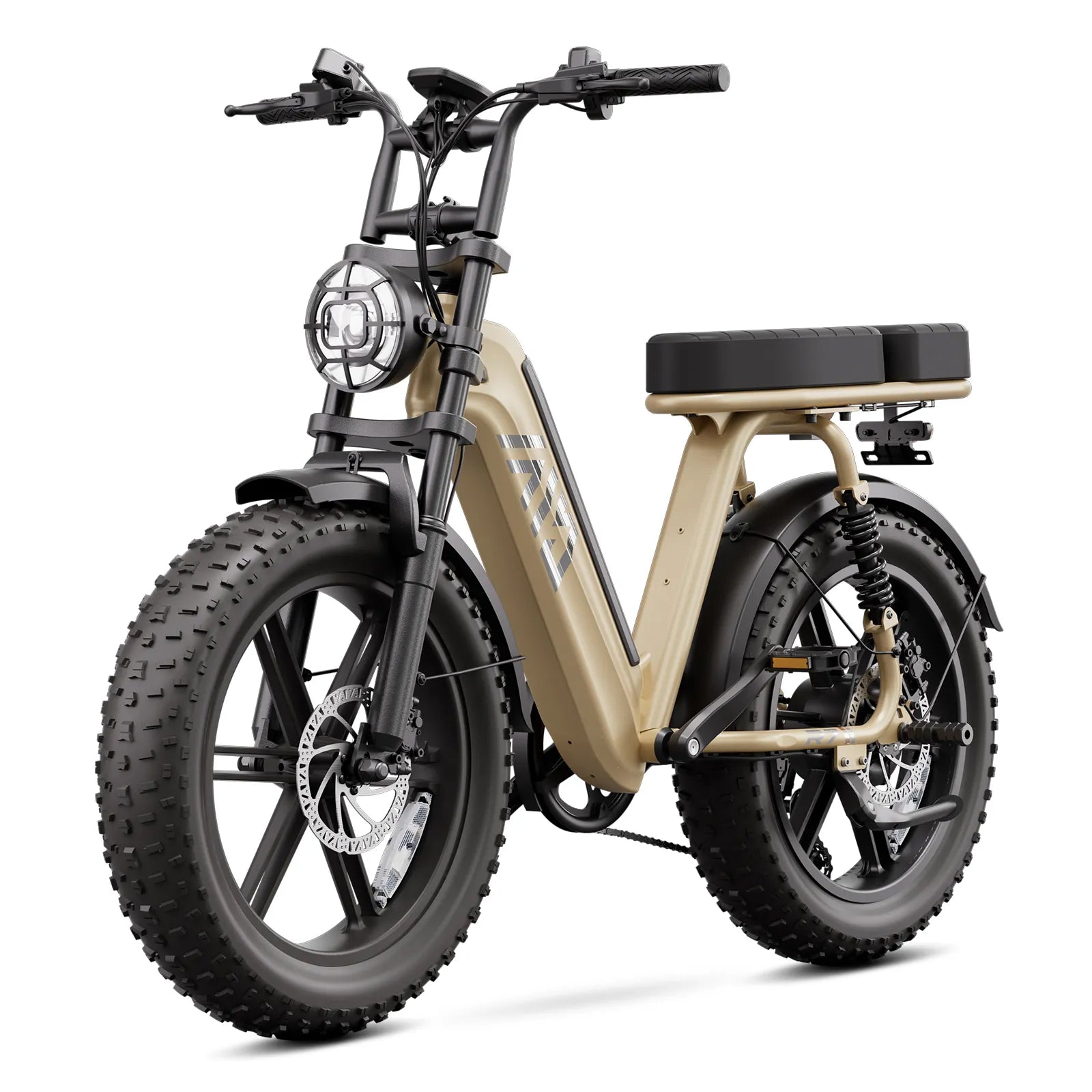
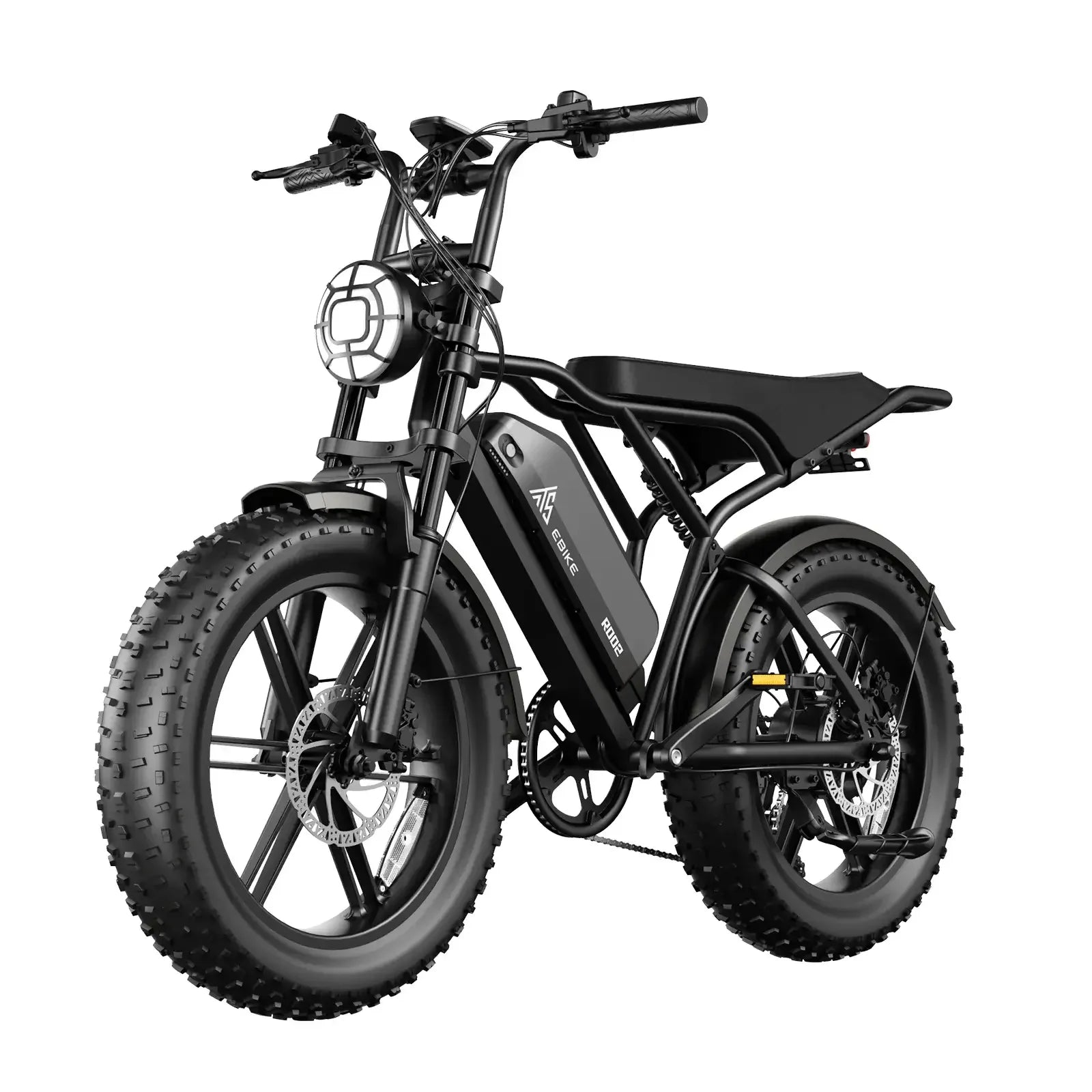

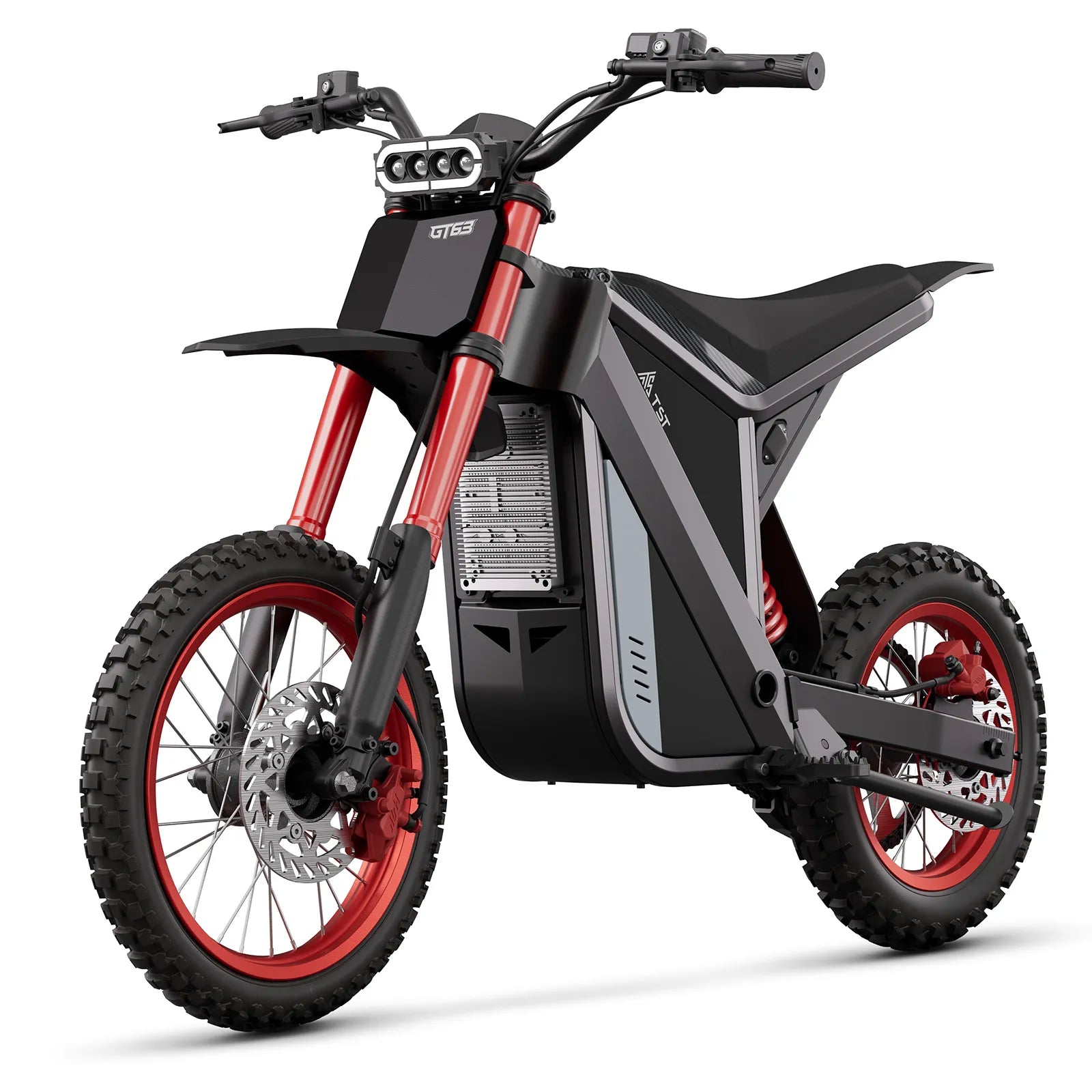
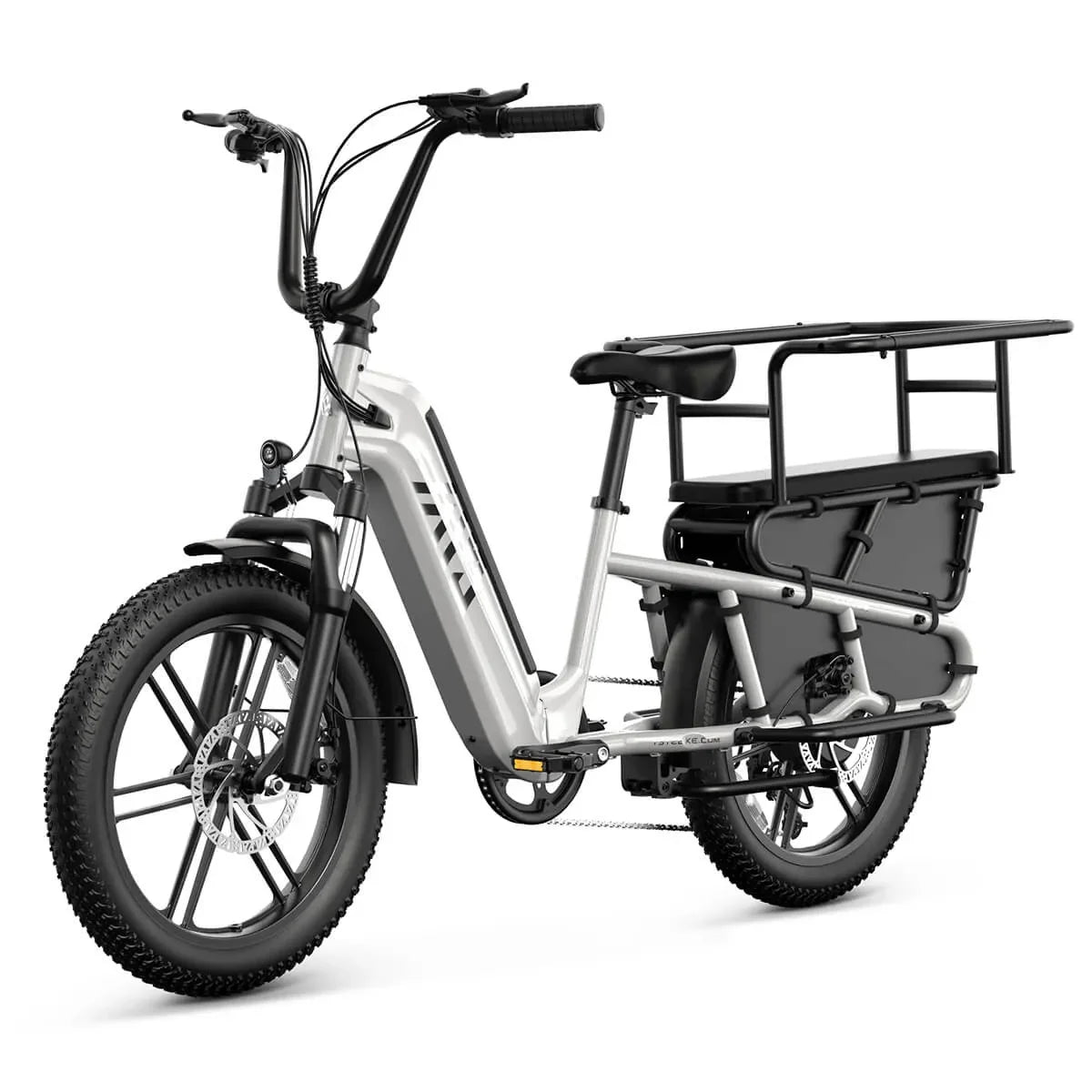
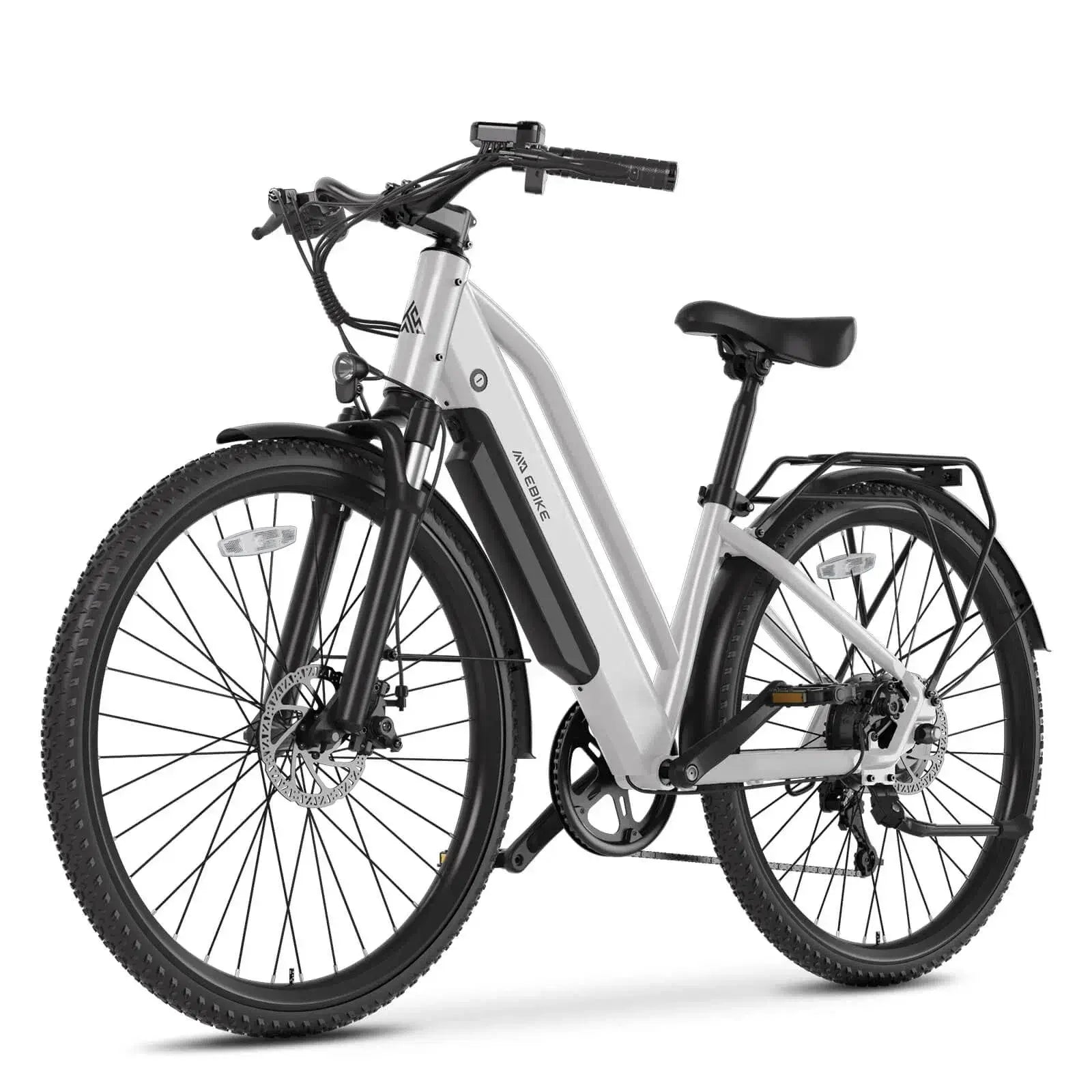
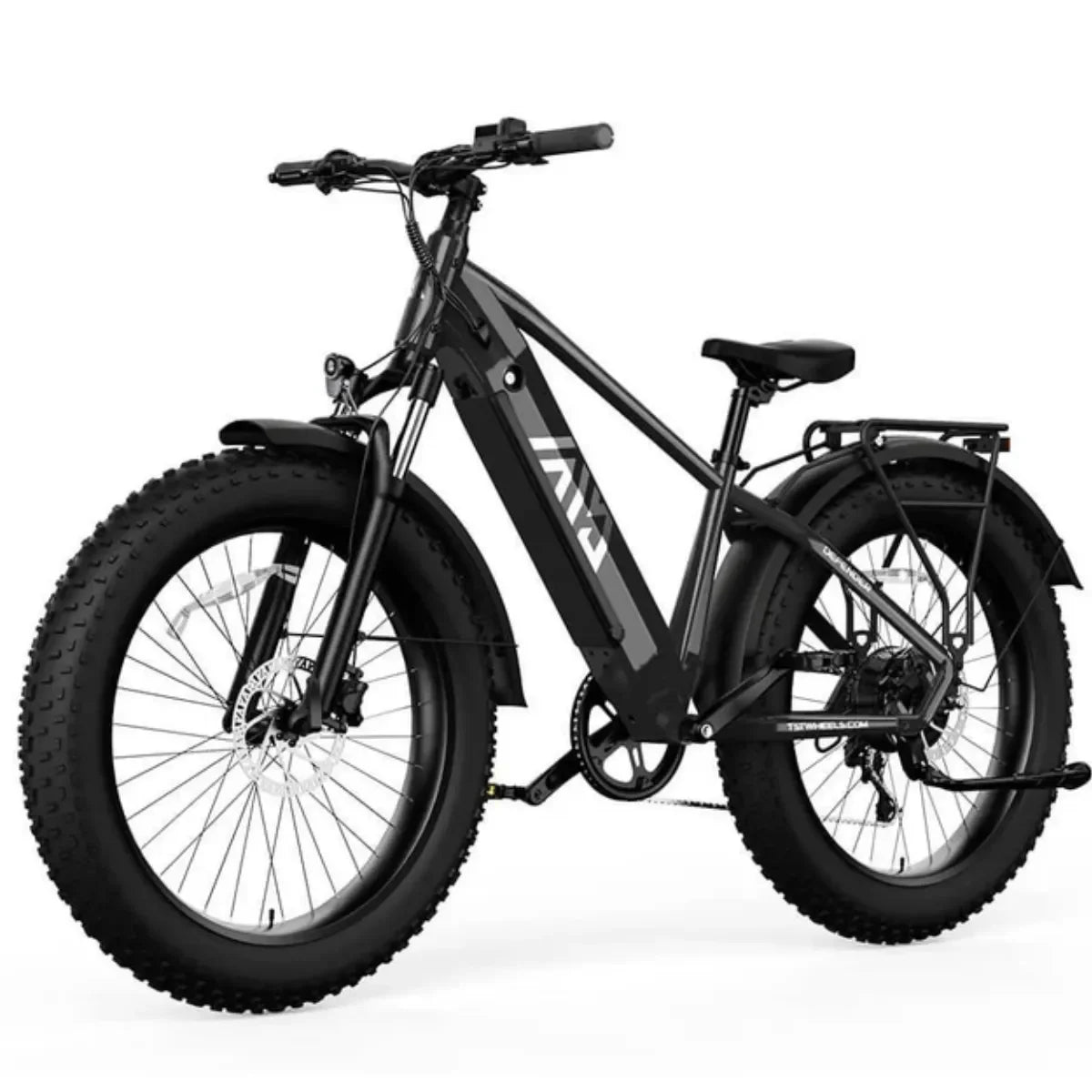
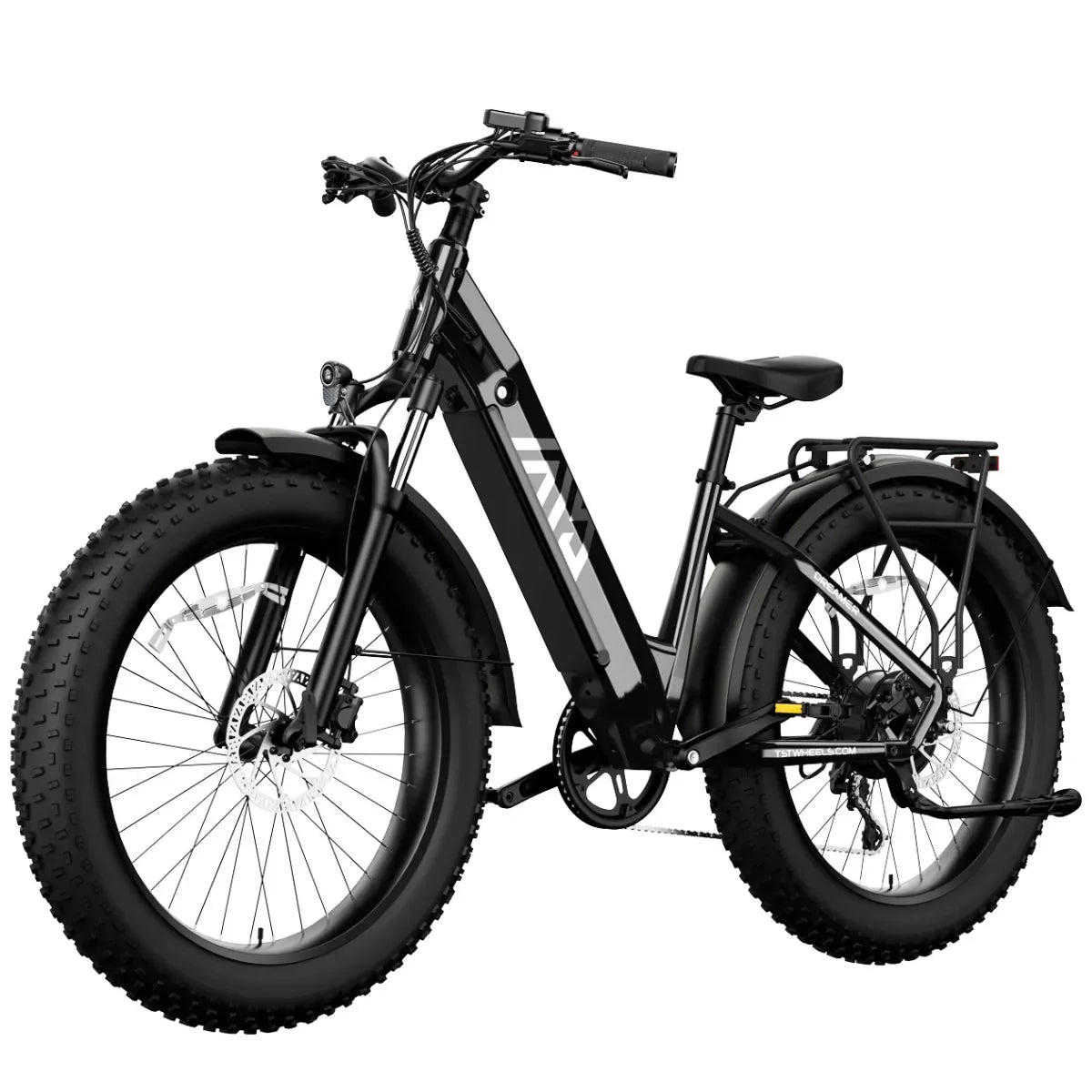

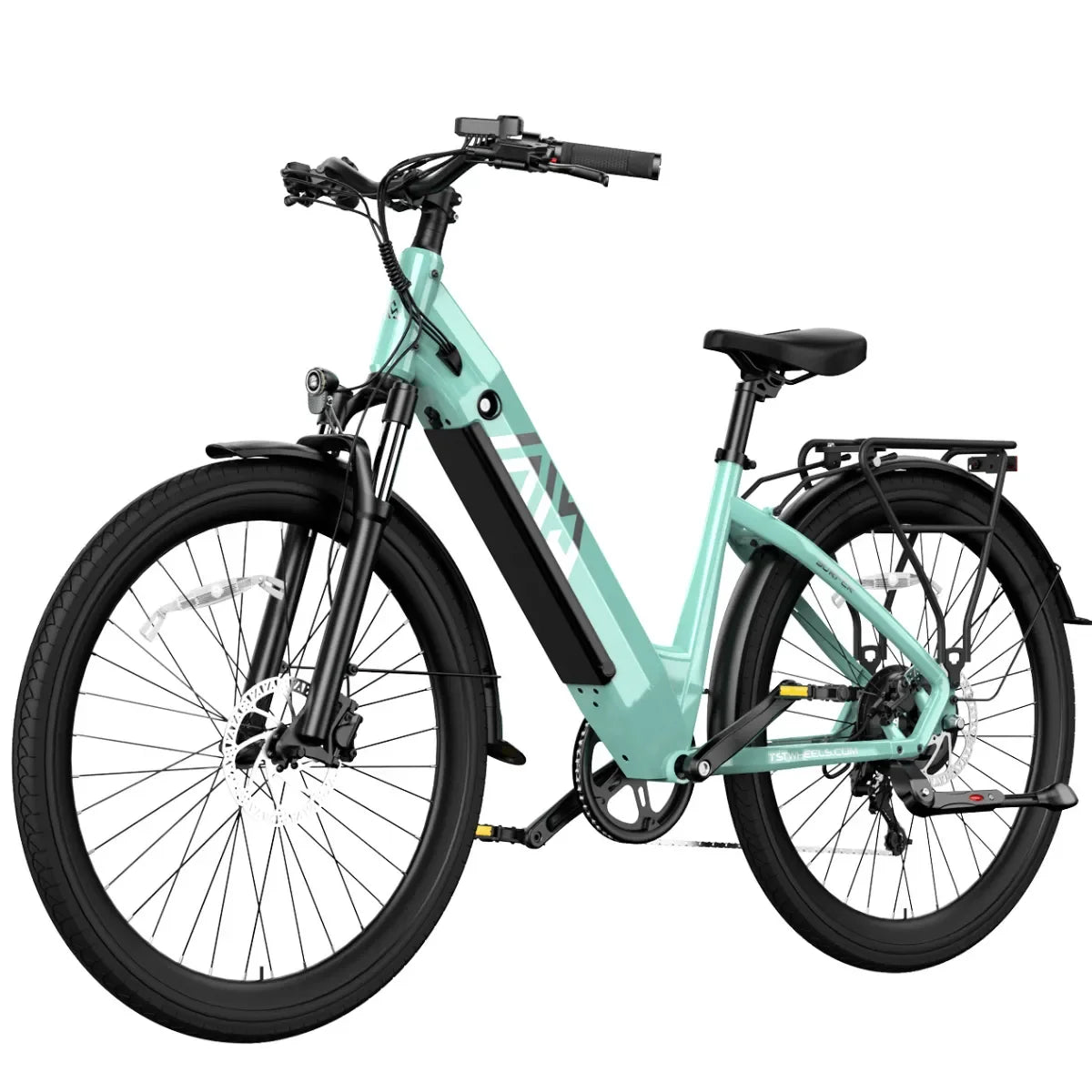
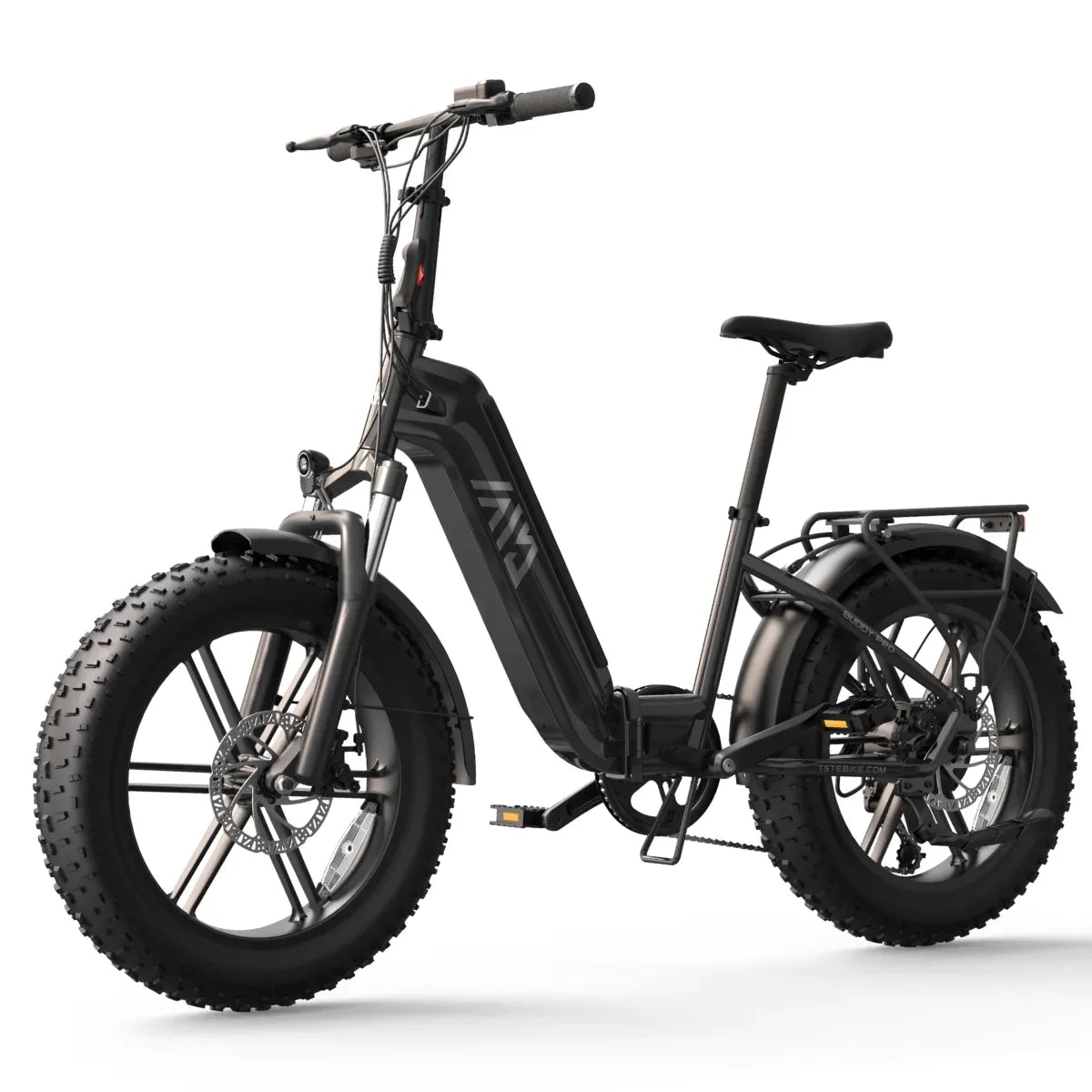
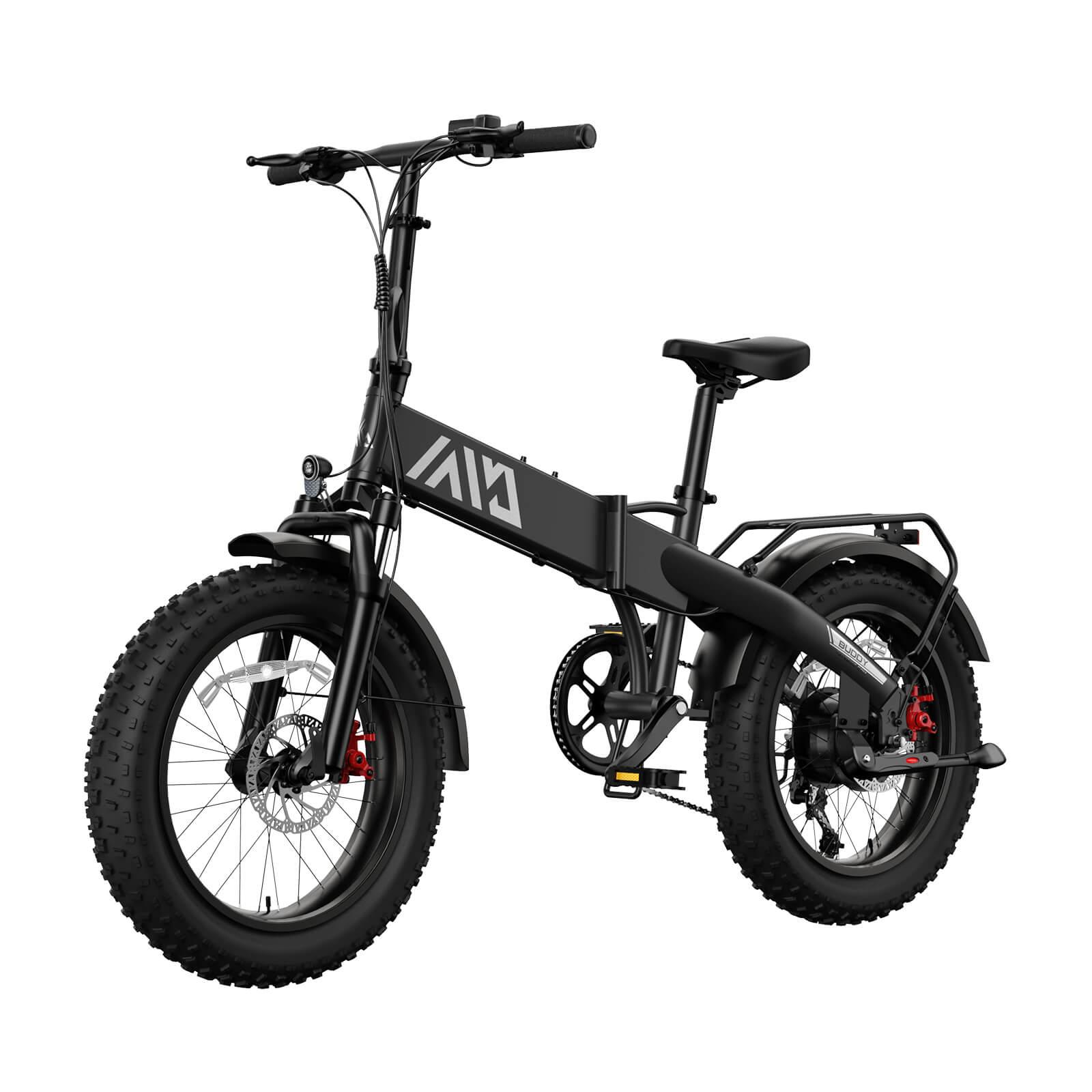


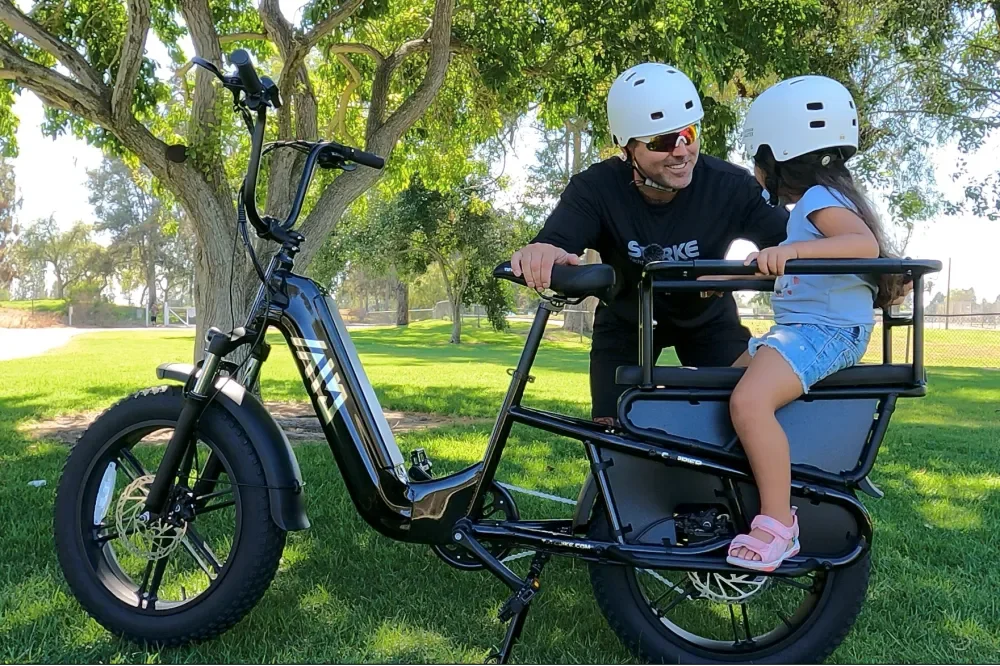

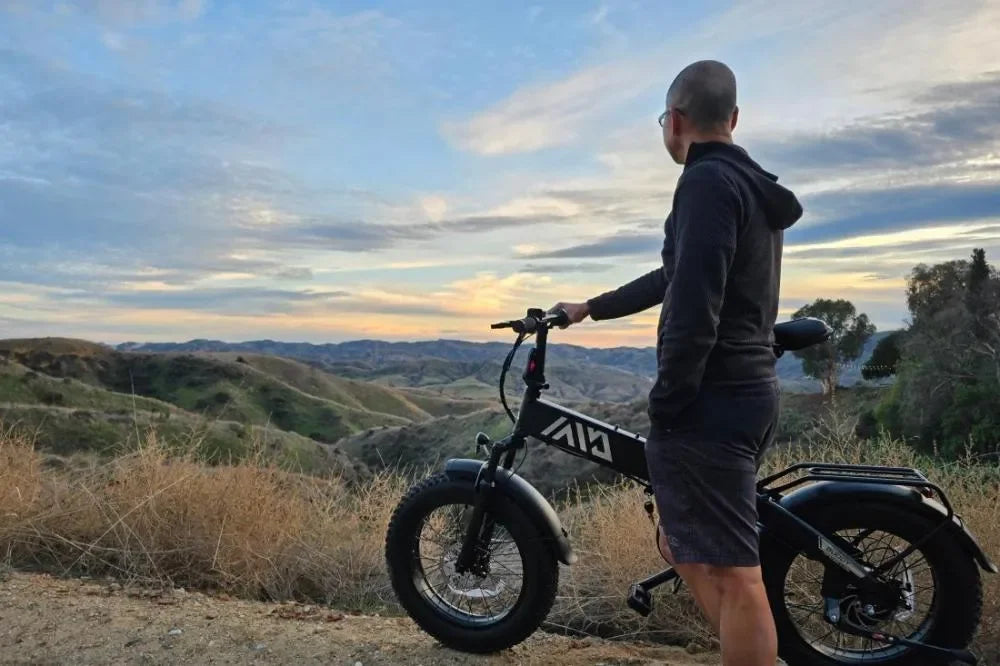
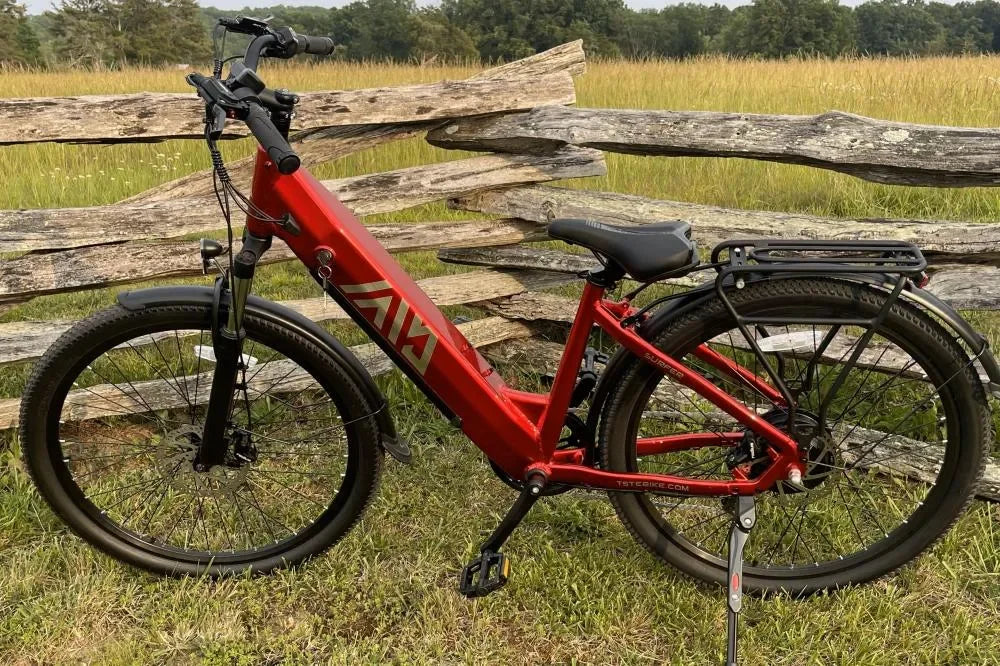
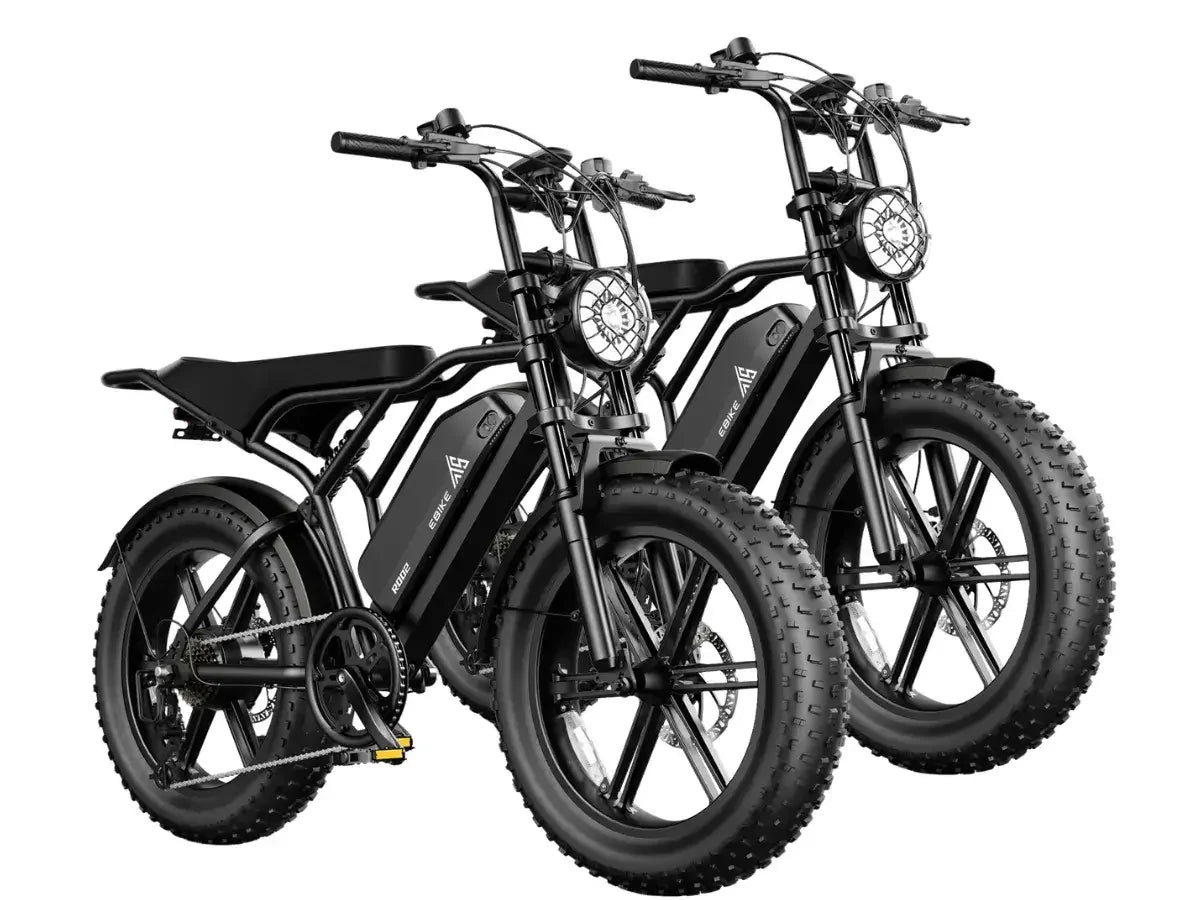
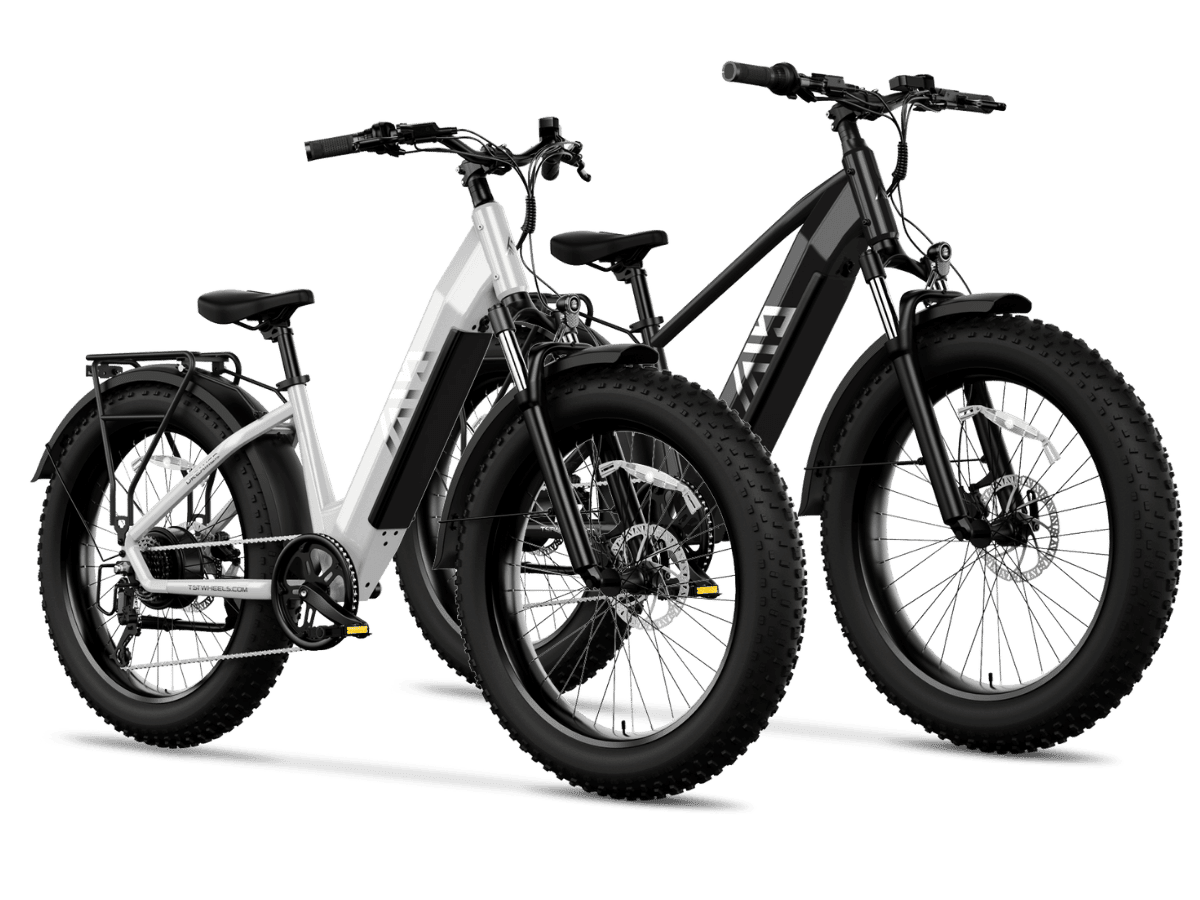
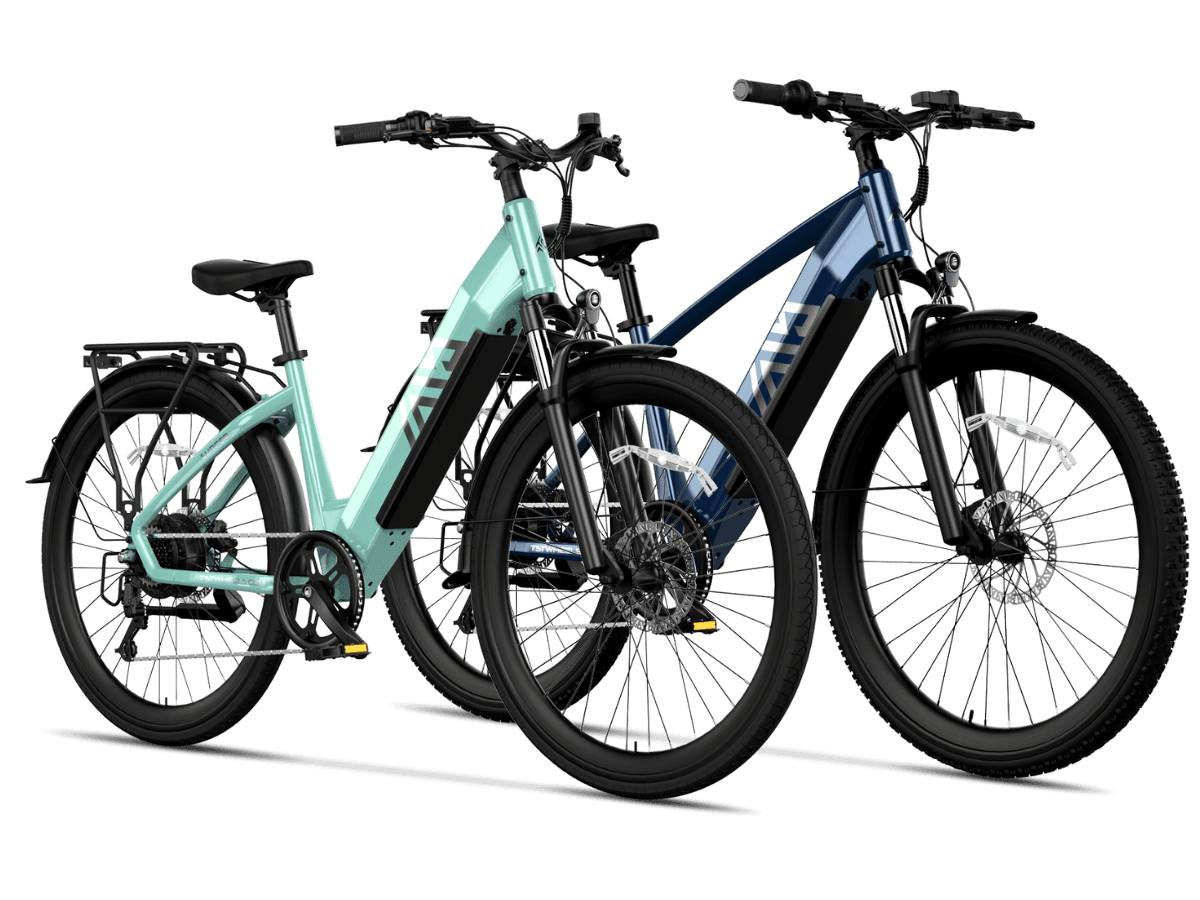
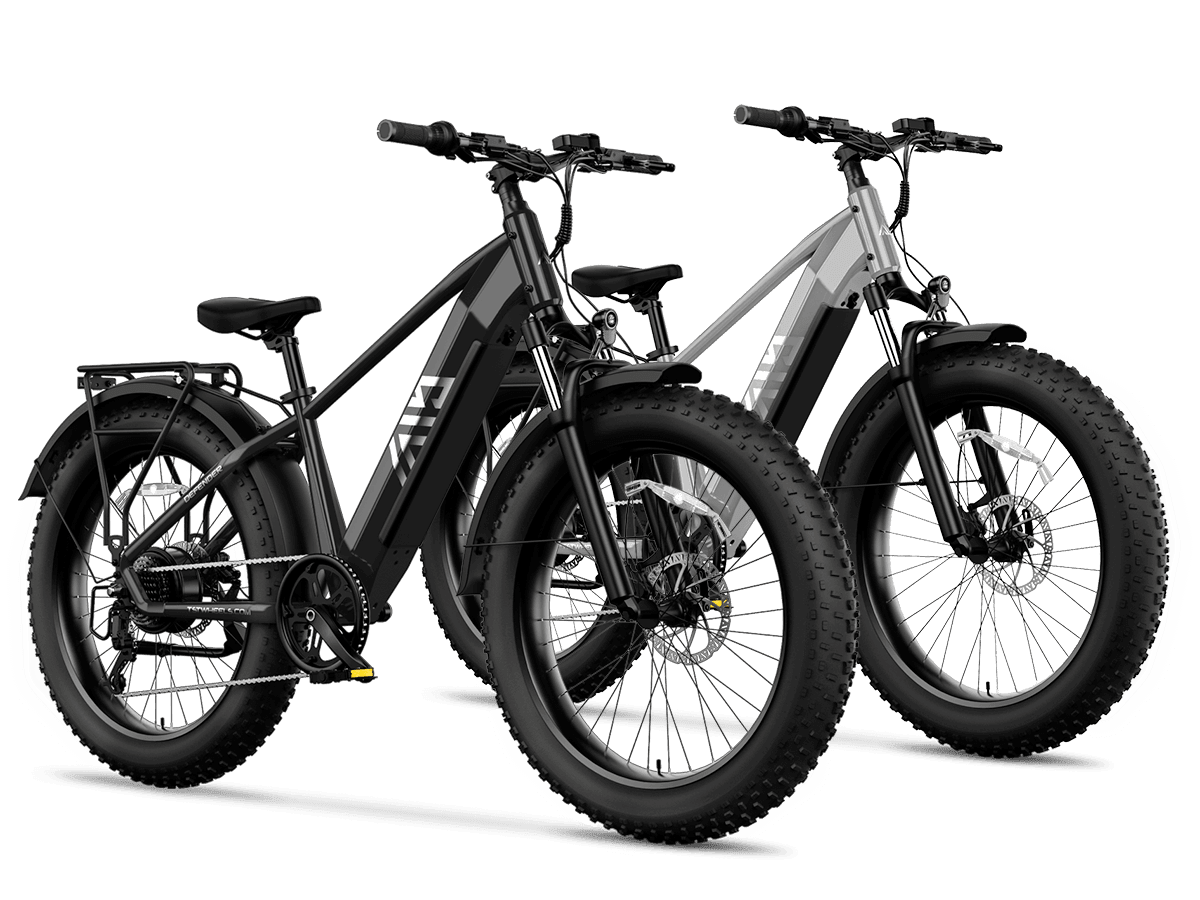
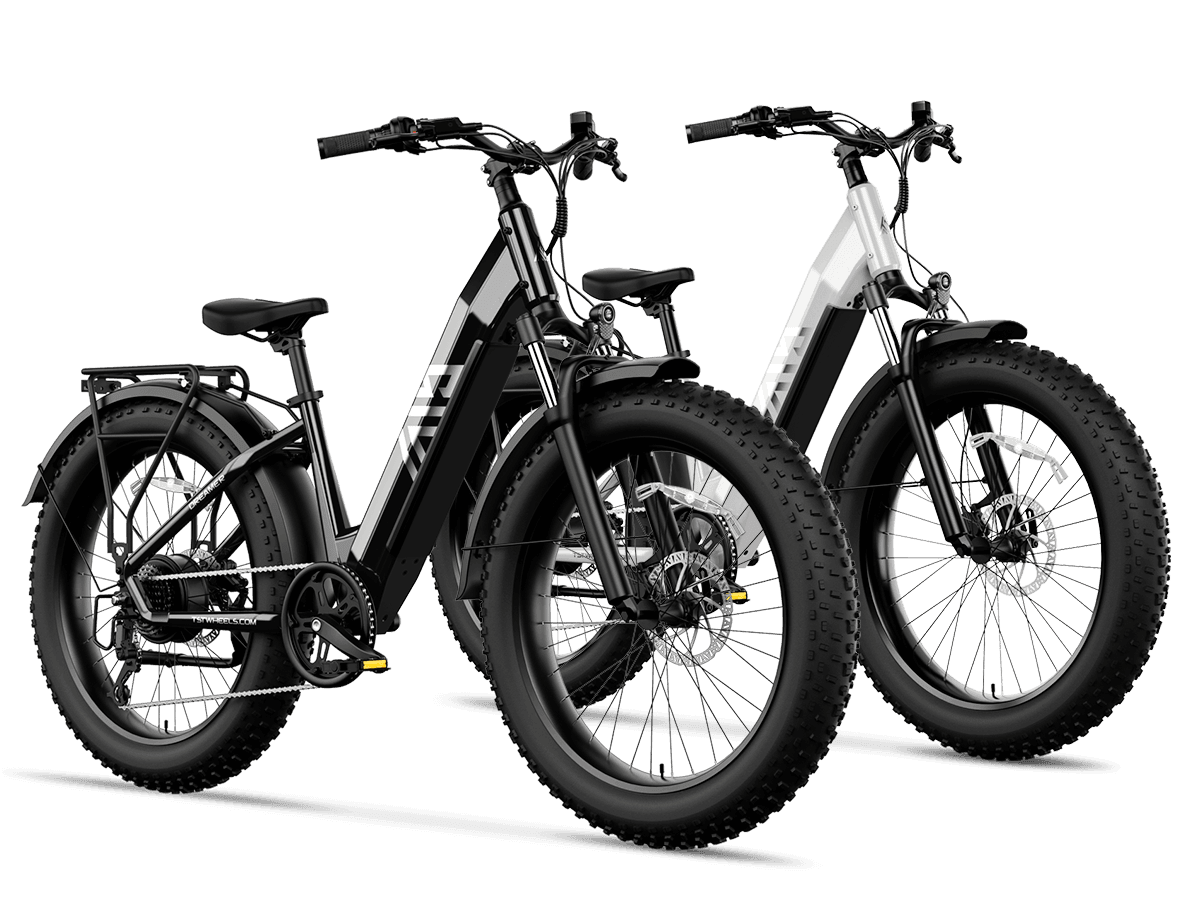
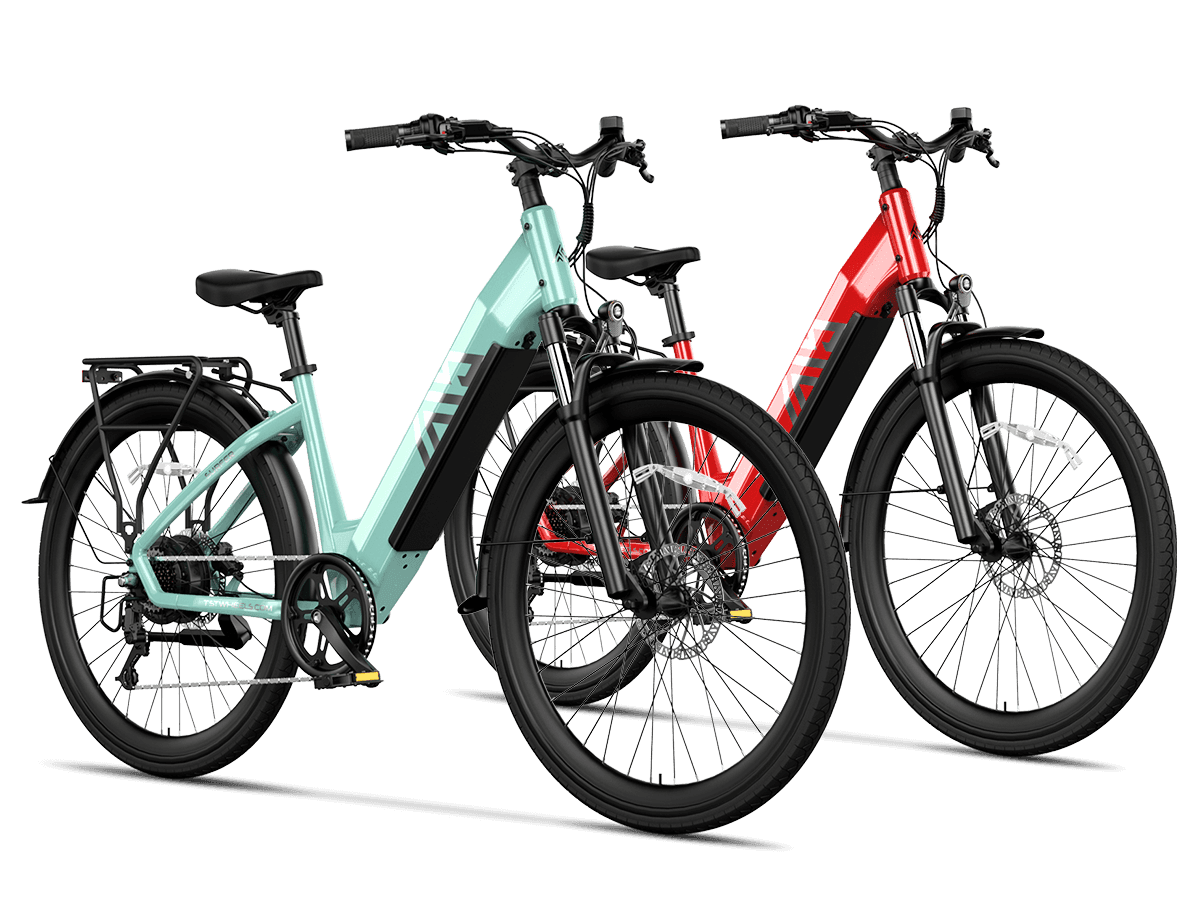
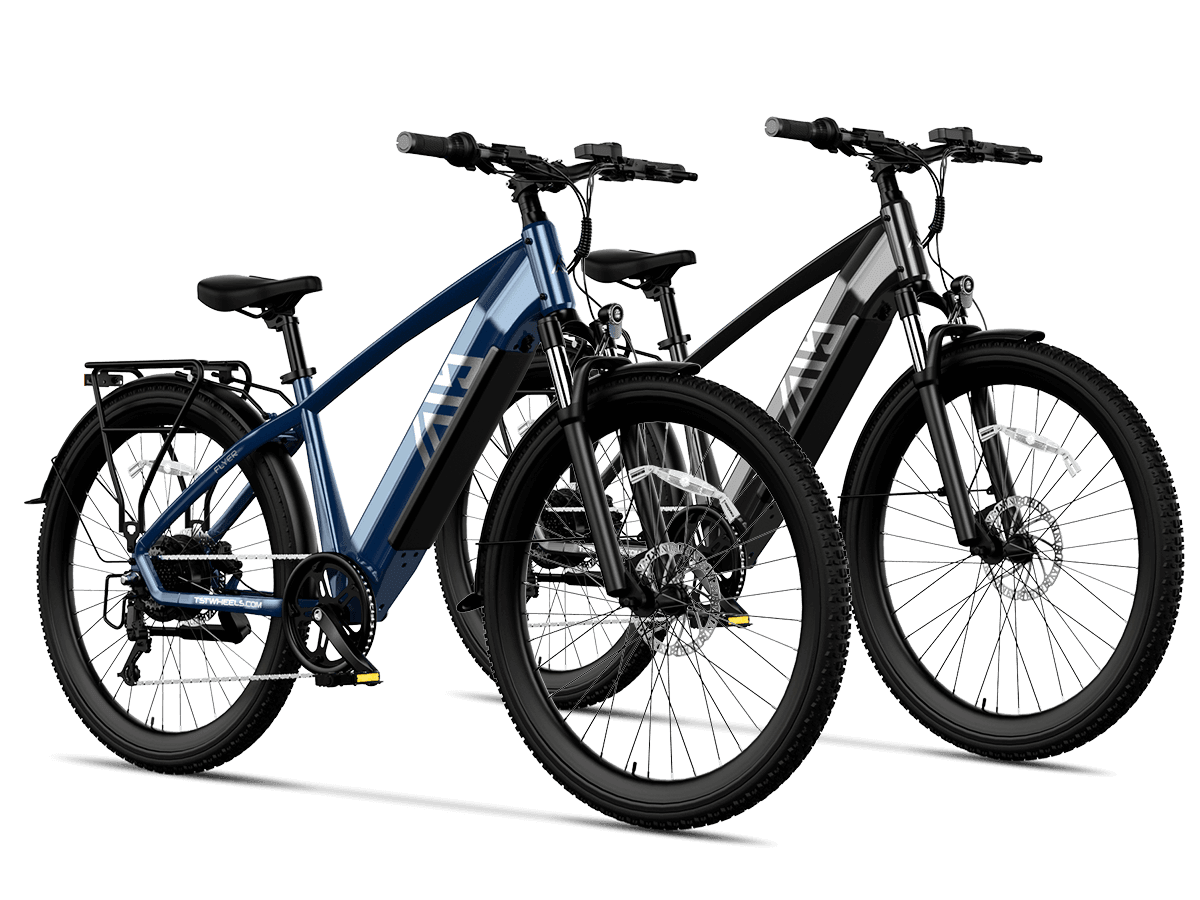
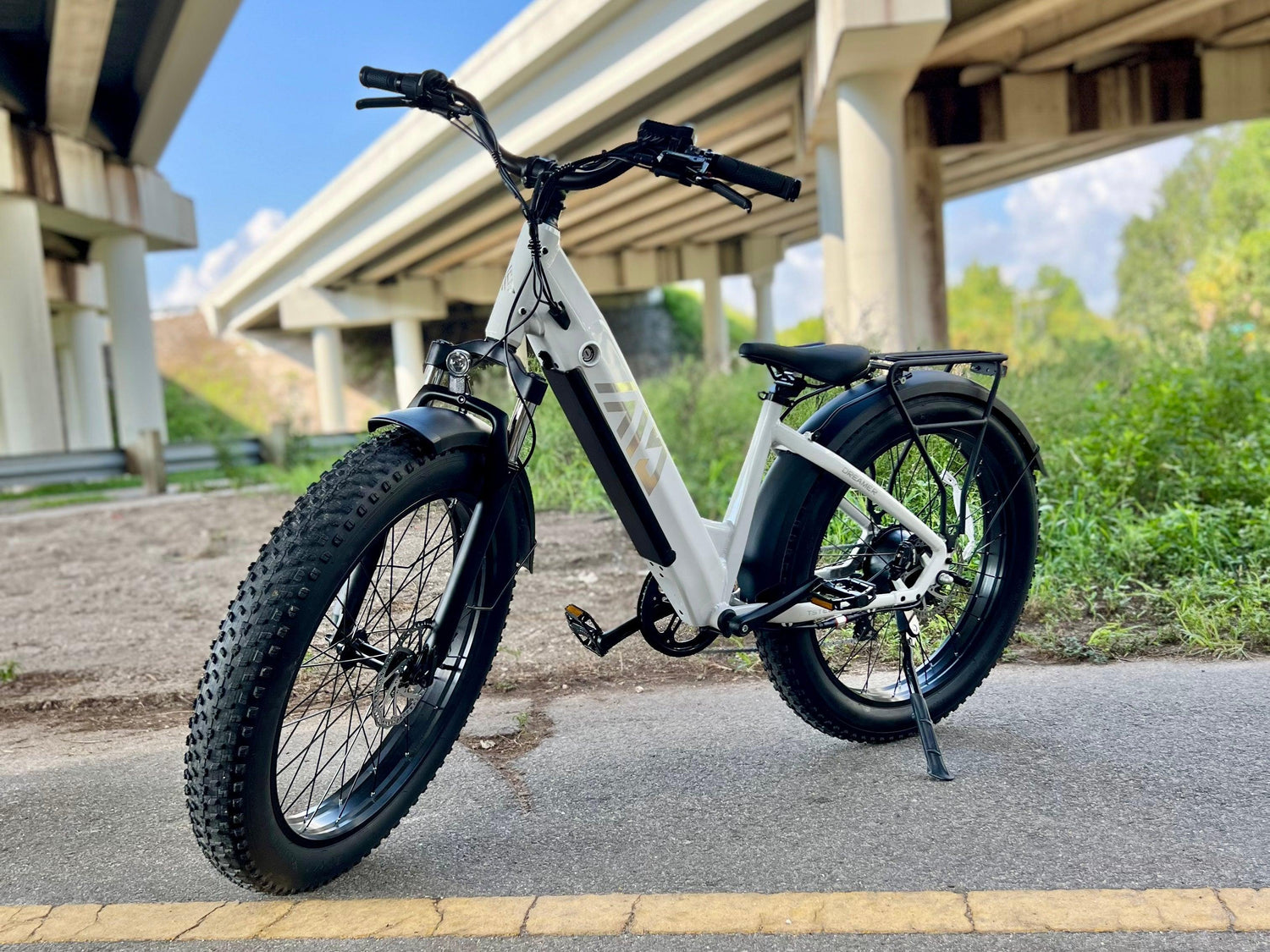



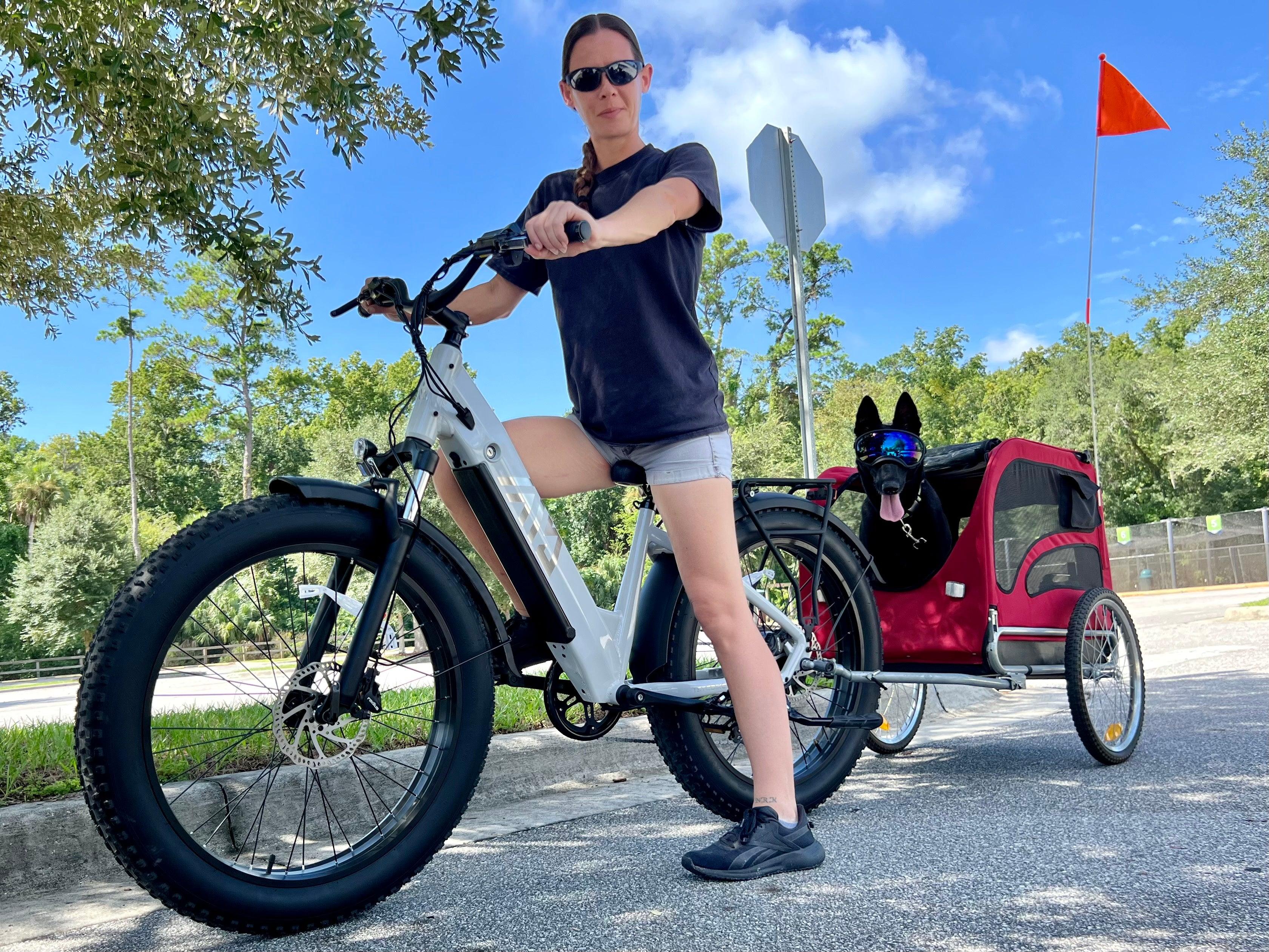
Leave a comment
All comments are moderated before being published.
This site is protected by hCaptcha and the hCaptcha Privacy Policy and Terms of Service apply.